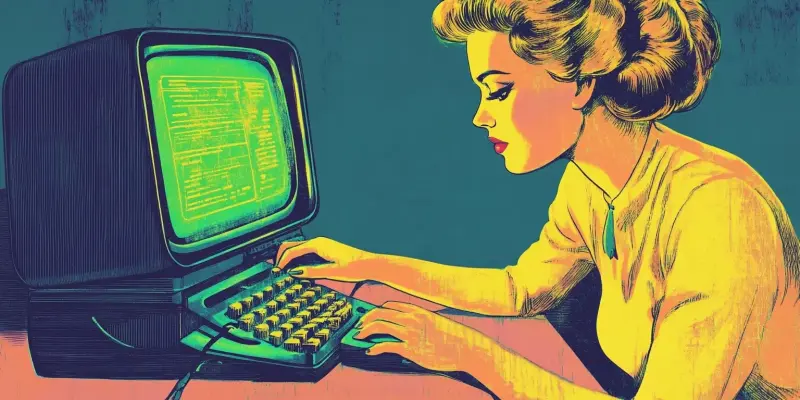On April 2, 2025, President Donald Trump declared “Liberation Day,” marking a significant milestone for the nation with the introduction of new tariffs.This day symbolizes a renewed sense of independence and revitalization for the USA. In a similar vein, this article draws a comparison to the digital world and the freedom users can experience by breaking away from Microsoft’s Windows operating system.The unpredictable updates, unwanted AI features, and privacy concerns associated with Windows 11 have left users yearning for a more secure and customizable alternative. Linux, with its wide array of distributions, offers just that—an opportunity for users to regain control over their computing experience and enjoy a modern, user-friendly operating system.
The Issues with Windows 11
Windows 11, although marketed with cutting-edge features and a sleek design, has piqued users’ frustration mainly due to the inconsistent and often inconvenient updates that disrupt workflows.Microsoft’s push for incorporating AI features that are not universally welcome has only added to the users’ discontent. These AI functions are seen as intrusive, stretching the thin line of user experience into unwarranted territories. Privacy concerns also mount as Windows 11 continues to collect and send user data back to Microsoft servers, even when settings are configured to minimize this activity. These cumulative issues beckon the need for exploring alternatives.
Furthermore, Windows 11 demands higher hardware specifications, which means users with older machines are potentially left behind, or worse, required to spend extra cash on hardware upgrades.Economic strain coupled with dissatisfaction has inevitably led users to seek a more accommodating and open platform that caters to their needs without imposing additional costs or privacy risks.
Why Linux is a Superior Alternative
Linux stands out as a strong contender against Windows, offering a plethora of distributions like Linux Mint, Ubuntu, Fedora, and Linux Lite. These distributions are not only free but also accommodate users of all skill levels. Contrarily to the outdated notion that Linux is only for tech-savvy individuals, these distributions offer intuitive interfaces resembling traditional OS layouts, making the transition far less intimidating.With easy installation processes, Linux invites users to embark on a computing journey that prioritizes flexibility and user empowerment.
A significant advantage of Linux is its robust ecosystem of open-source software alternatives. Users can easily replace their everyday tools with free yet powerful options like LibreOffice for document management, GIMP for graphic editing, Openshot for video production, Thunderbird for email communication, and Audacity for audio editing. This comprehensive ecosystem ensures that users can achieve professional-grade results without the constraints of proprietary software.Additionally, Linux’s security architecture stands out, providing an inherently safer computing environment with a reduced risk of malware and vulnerabilities.
Transitioning to Linux: Practical Steps
Switching to Linux may appear daunting, but practical steps can smooth the process. Users are encouraged to try live sessions of their chosen Linux distribution from a flash drive, enabling them to explore the system without making any permanent changes to their current setup. This step allows users to familiarize themselves with the Linux interface and assess its compatibility with their workflow. For those who wish to maintain access to Windows applications while transitioning, setting up a dual boot configuration is an effective solution.This approach ensures that users can gradually adapt to Linux while retaining the option to revert to Windows when necessary.
Support communities and endless resources available online further ease the transition. Forums, documentation, and tutorial videos provide guidance for troubleshooting and mastering Linux functionalities. By leveraging these resources, users can quickly find solutions to any challenges that arise during the transition.
A Thoughtful Transition
On April 2, 2025, President Donald Trump announced “Liberation Day,” marking a significant milestone for the nation by introducing new tariffs. This day represents a renewed sense of independence and revitalization for the United States.Similarly, in the digital realm, a comparison can be made to the liberation users feel when moving away from Microsoft’s Windows operating system. The erratic updates, intrusive AI features, and privacy concerns tied to Windows 11 have left many users frustrated and seeking a safer, more customizable alternative. Linux comes to the rescue with its numerous distributions, offering an escape from these issues.It provides an opportunity for users to reclaim control over their computing experience, enjoying a modern and user-friendly operating system. By making the switch to Linux, users can achieve the same freedom and empowerment that “Liberation Day” symbolizes, ensuring a computing experience that’s secure, flexible, and aligned with their personal needs and preferences.

